Hi, I need expert opinion on possible reasons for cracks shown in attached pictures.
Element - basement ground slab
Thickness - 450mm
RF details - T1, T2, B1, B2-T16@200 (QT bars)
Clear cover - 50mm
Ambient temperature during casting - 27-30 Celsius. (Sri Lanka 6pm to 6am)
Mix design (kg/m³):
Cement - 391
Fly ash - 106
Coarse aggregate - 1003
Manufactured sand - 726
Water - 174
Element - basement ground slab
Thickness - 450mm
RF details - T1, T2, B1, B2-T16@200 (QT bars)
Clear cover - 50mm
Ambient temperature during casting - 27-30 Celsius. (Sri Lanka 6pm to 6am)
Mix design (kg/m³):
Cement - 391
Fly ash - 106
Coarse aggregate - 1003
Manufactured sand - 726
Water - 174
Attachments
-
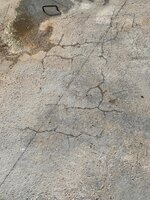 1741445394106.jpg534.4 KB · Views: 52
1741445394106.jpg534.4 KB · Views: 52 -
 1741445393974.jpg438.4 KB · Views: 46
1741445393974.jpg438.4 KB · Views: 46 -
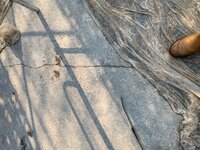 1741445394062.jpg398 KB · Views: 42
1741445394062.jpg398 KB · Views: 42 -
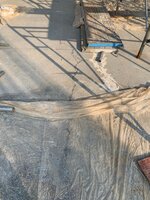 1741445394019.jpg355.1 KB · Views: 40
1741445394019.jpg355.1 KB · Views: 40 -
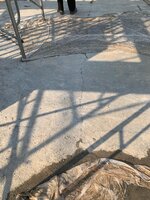 1741445394150.jpg374.1 KB · Views: 37
1741445394150.jpg374.1 KB · Views: 37 -
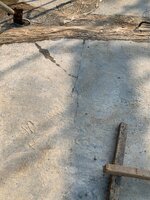 1741445394234.jpg404.1 KB · Views: 36
1741445394234.jpg404.1 KB · Views: 36 -
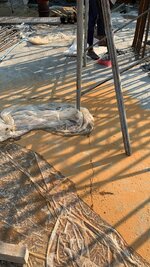 1741445393932.jpg556.2 KB · Views: 36
1741445393932.jpg556.2 KB · Views: 36 -
 1741445394194.jpg519.4 KB · Views: 52
1741445394194.jpg519.4 KB · Views: 52
